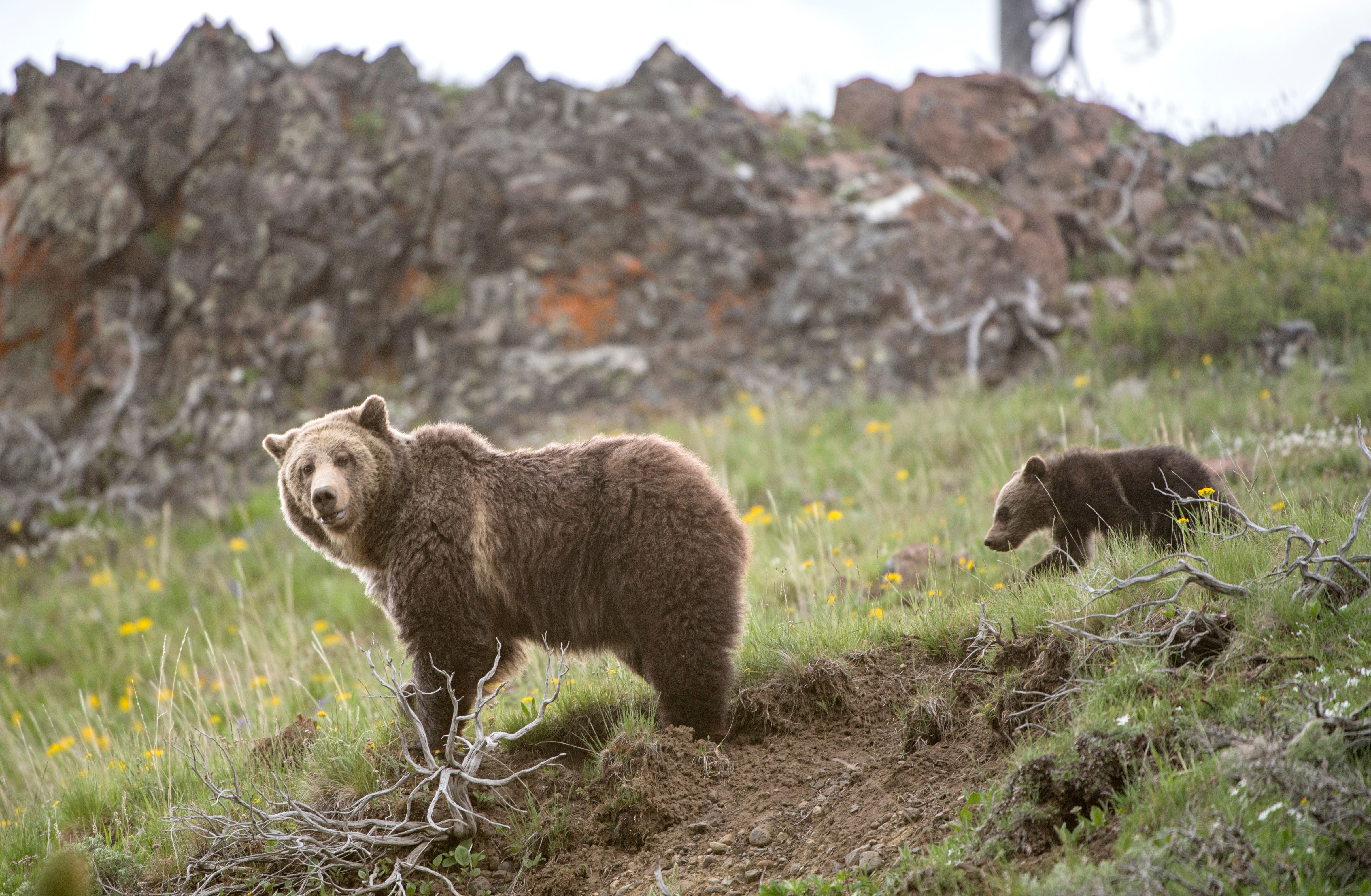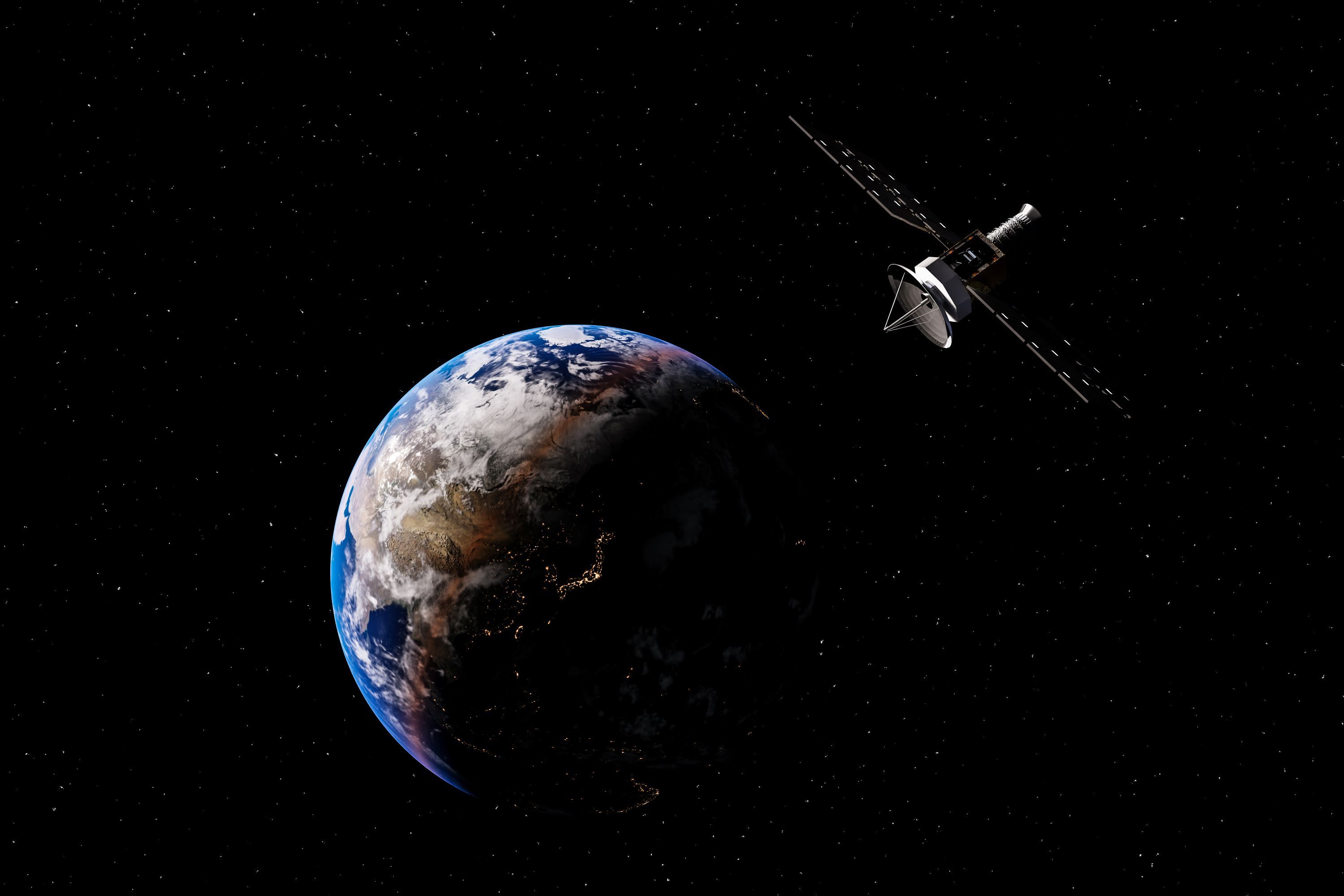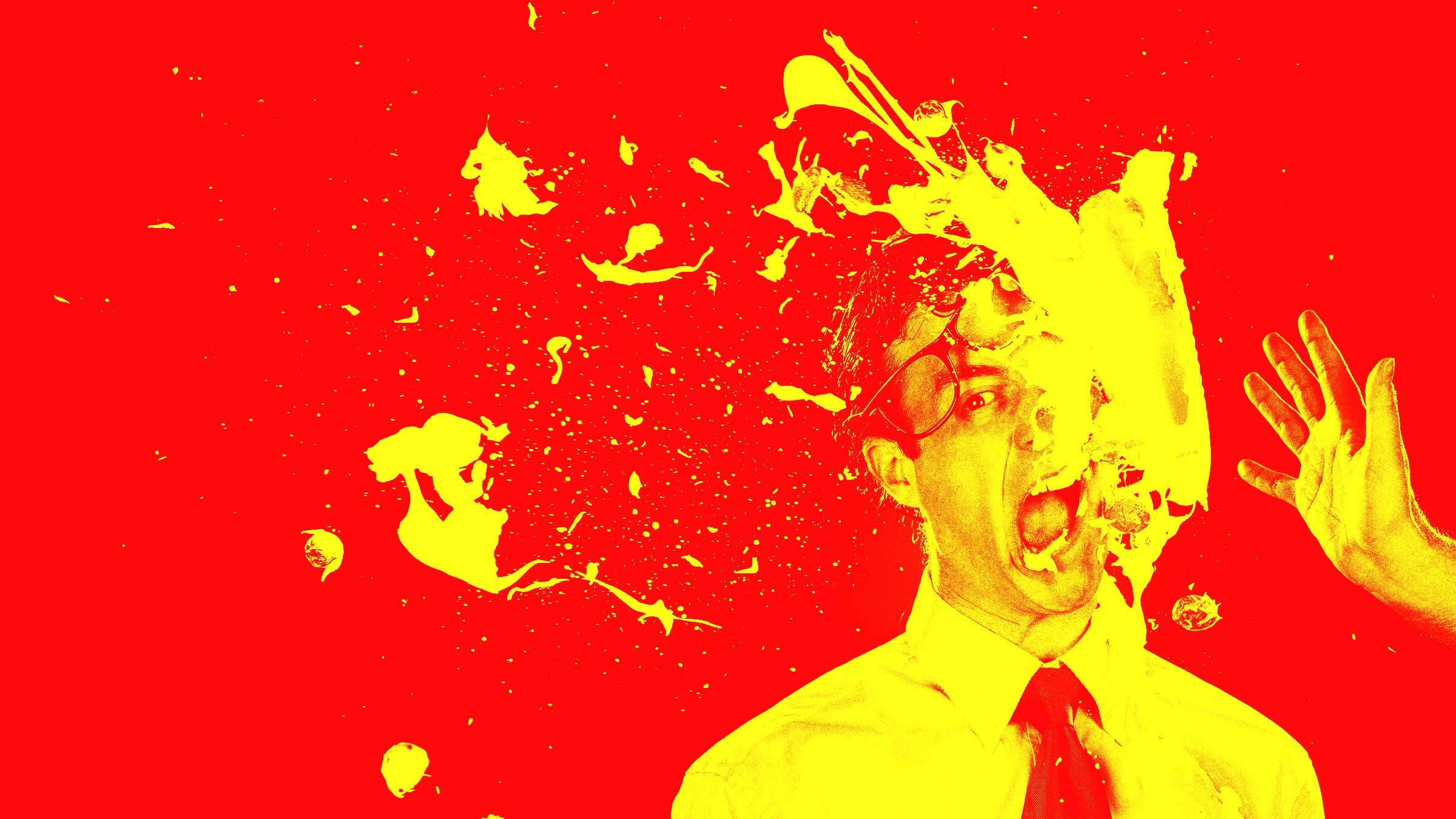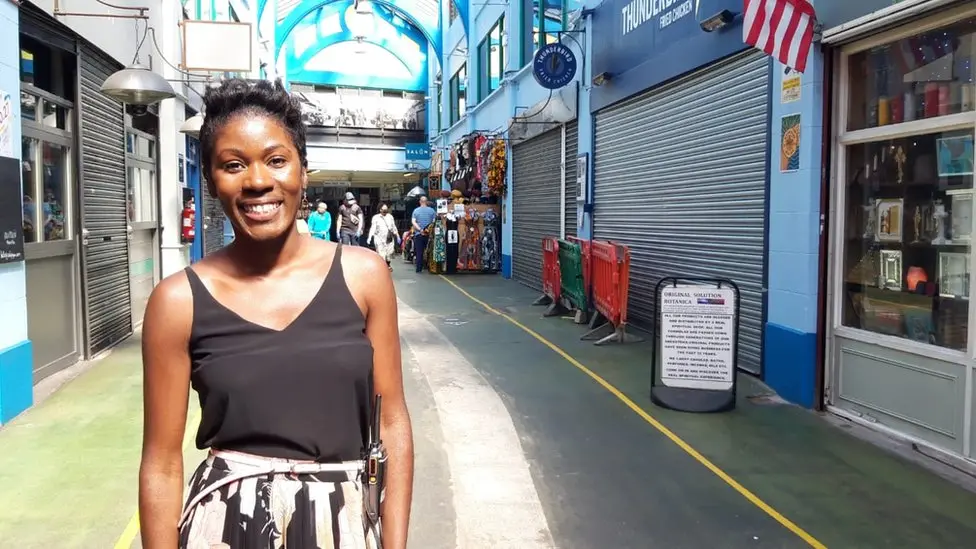Is It Time to Stop Protecting the Grizzly Bear?
Is It Time to Stop Protecting the Grizzly Bear?
For decades, the grizzly bear has been a symbol of North American wildlife and a keystone species in the ecosystem. However,...

Is It Time to Stop Protecting the Grizzly Bear?
For decades, the grizzly bear has been a symbol of North American wildlife and a keystone species in the ecosystem. However, with increasing human population and habitat destruction, the future of the grizzly bear is at risk.
The Endangered Species Act has provided protection for the grizzly bear, but some argue that these protections may no longer be necessary. As the population of grizzly bears has rebounded in recent years, some believe that it is time to reevaluate the need for continued protection.
Opponents of continued protection argue that the grizzly bear population is now stable enough to sustain limited hunting and that removing protections could help manage conflicts between humans and bears. However, conservationists warn that removing protections could lead to overhunting and a decline in the grizzly bear population.
Additionally, climate change poses a significant threat to grizzly bears, as warming temperatures are causing their traditional habitats to shrink. Without protections in place, the grizzly bear may face even greater challenges in the future.
Ultimately, the decision to stop protecting the grizzly bear is a complex and contentious issue that requires careful consideration of all factors involved. Whether it is time to stop protecting the grizzly bear or not, one thing is certain: we must continue to work towards finding a balance between conservation and human needs to ensure the survival of this iconic species.






